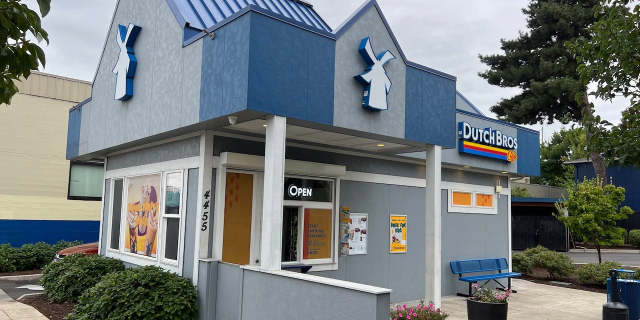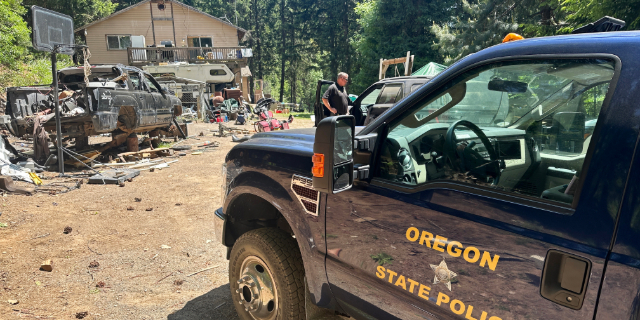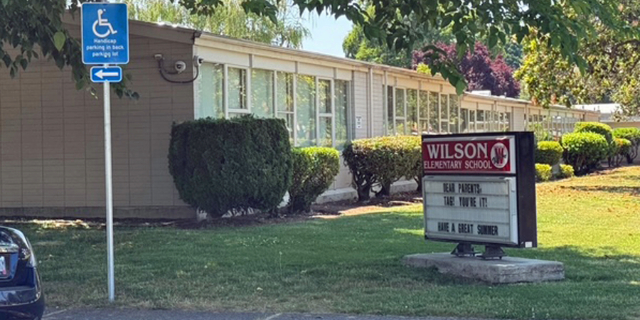GARDEN PLOTS: April’s featured book offers advice for successful greenhouse growing
Published 7:00 am Wednesday, April 3, 2024

- Rhonda Nowak
“Maintaining the conditions inside your greenhouse so that your plants can thrive is no easy task, and there are many things that can easily go wrong.”
— Jessie Kelias, “Not Too Hot, Not Too Cold: How to Manage Your Greenhouse Gardening Temperatures,” 2023
I think most gardeners who grow in a greenhouse can relate to author Jessie Kelias’ statement about the difficulties of keeping plants happy in an indoor space. I’m always so excited to see those first seedlings pop up, but I know that’s when they are most vulnerable to temperature extremes and sudden changes. Like Kelias says, “One day, your plants will seem to be thriving, then the next day they will have all dried out from the sun.”
Or the opposite will happen, and the plants will freeze during an unexpectedly cold night in the greenhouse when the heater stops working. Or the young shoots will be eaten by mice that manage to find their way into the greenhouse. Or they’ll succumb to damping off, a fungal disease that affects seedlings when greenhouse conditions are too humid. Or…
The list of my greenhouse failures is, sadly, rather long, and I’m sure there are readers who share my husband’s sentiments: Why put yourself through all that when you can buy starts at the nursery or at a local plant sale?
But if you’ve ever grown plants from seeds in a greenhouse, you know the thrill that keeps me going. There’s nothing quite like walking into an enclosed space and inhaling the earthy aroma of plants growing. I love watching seeds emerge from their bed of soil like rousing babes, push their way up toward the light and unfurl their first leaves like tiny green flags proclaiming “I have arrived!”
By the time I’ve nurtured my seedlings through their first several weeks of life in the greenhouse, through the hardening off process and then through transplant shock when they’re planted outdoors, I feel a little like “Survivor” host Jeff Probst when he announces the winner at the last Tribal Council. (Hopefully, there’s more than just the “Sole Survivor,” though.)
How might I reduce the attrition rate of my little vegetative “castaways” and make their greenhouse “survival games” less traumatizing, for me and for them? That’s the focus of Kelias’ book, which offers more than a dozen tips to protect greenhouse plants from frying in our summer heat and freezing during our coldest winter nights.
The author begins by explaining what heat stress and cold shock are and how to identify if our plants are suffering from them. For example, sun bleaching is a chemical process that indicates plants are overheated. When it’s too cold, wilting leaves and leaf discoloration are signs of plant stress.
Kelias then splits up the book into two parts; the first section focuses on keeping greenhouse temperatures “not too hot” and the second section delves into maintaining greenhouse temperatures that are “not too cold.” In each chapter, she introduces a strategy, explains what it is and how it works in simple terms, presents different types of systems to choose from and how to install or use them, and then ends by discussing the pros and cons of each system.
Deciding which strategy is best for you and your greenhouse is partially a matter of considering the local climate, Kelias says. Speaking of that, did you know that the USDA issued an updated version of its Plant Hardiness Zone Map in November 2023? The new version, the first update since 2012, was developed by the USDA’s Agricultural Research Service and Oregon State University’s PRISM Climate Group. It’s based on 30-year averages of the lowest annual temperatures at specific sites, using data from more than 13,000 weather stations across the country.
Each of the map’s 13 zones represent a 10-degree F. range of temperatures, and then each zone is further divided into a and b zones that represent a 5-degree temperature variance. In many places, like the Rogue Valley, the new map shows a change to a warmer, 5-degree half zone, which means my garden in Medford has shifted from Zone 7b to 8a.
You can view the new map at https://planthardiness.ars.usda.gov/. Rogue Valley landscape designer and author Lucretia Weems will talk about the updated plant hardiness zones and what that means for local gardeners from 3 to 4 p.m. this Thursday, April 4, at the Ashland Public Library, 410 Siskiyou Blvd. She’ll have another presentation about the new plant hardiness zones at 4 p.m. on July 18 at the Medford library, 205 S. Central Ave.
Working in a warmer plant hardiness zone makes it all the more important to give my seedlings in the greenhouse the best start possible. Next week, I’ll discuss some recommendations to keep your greenhouse cooler, with and without electricity. Until then, enjoy our spring weather and plant some seeds!






